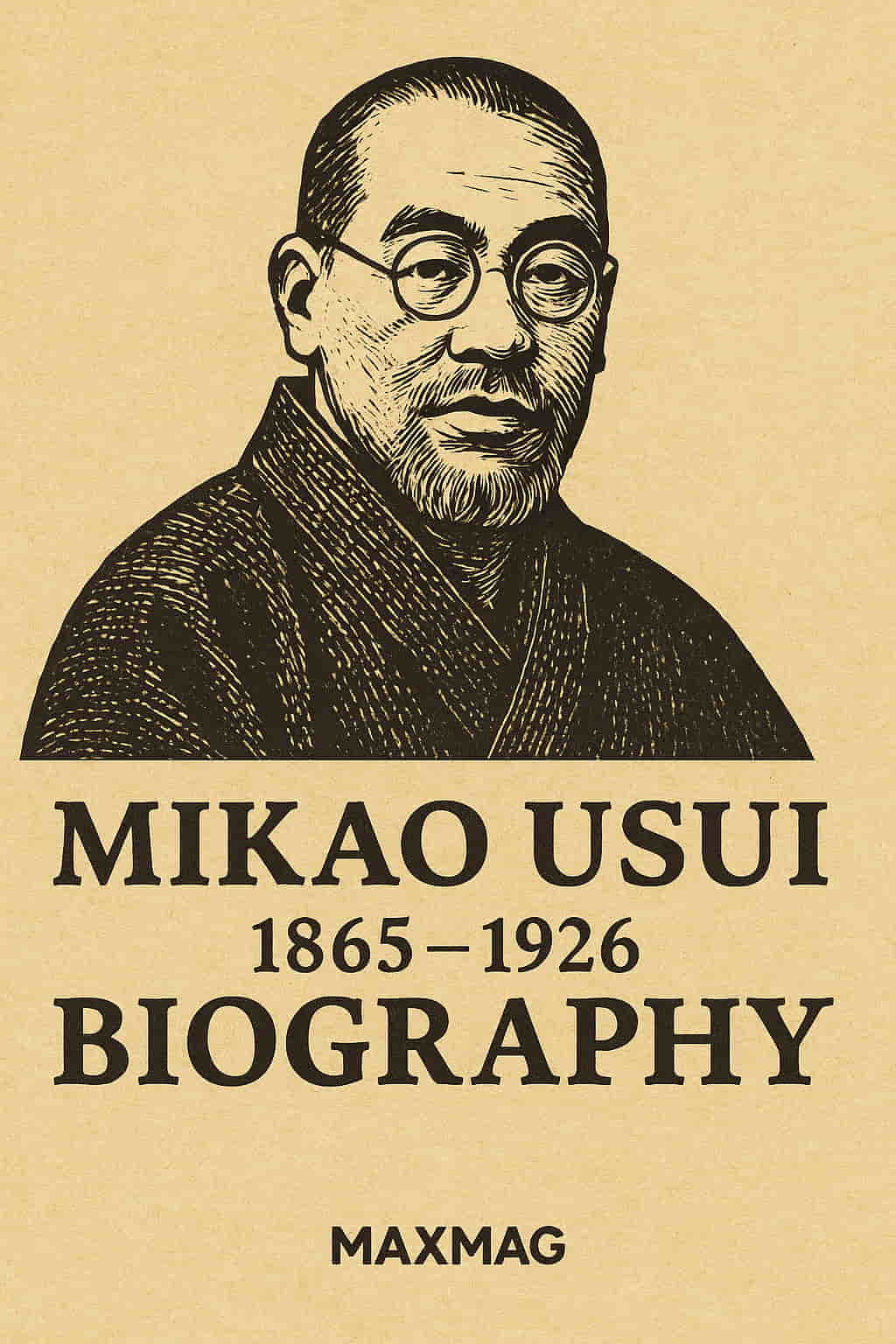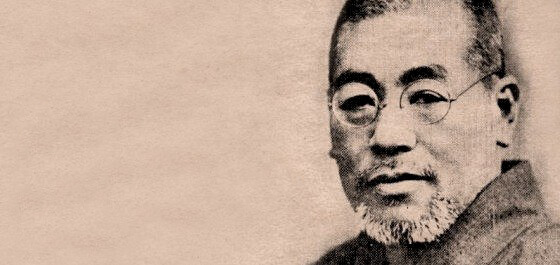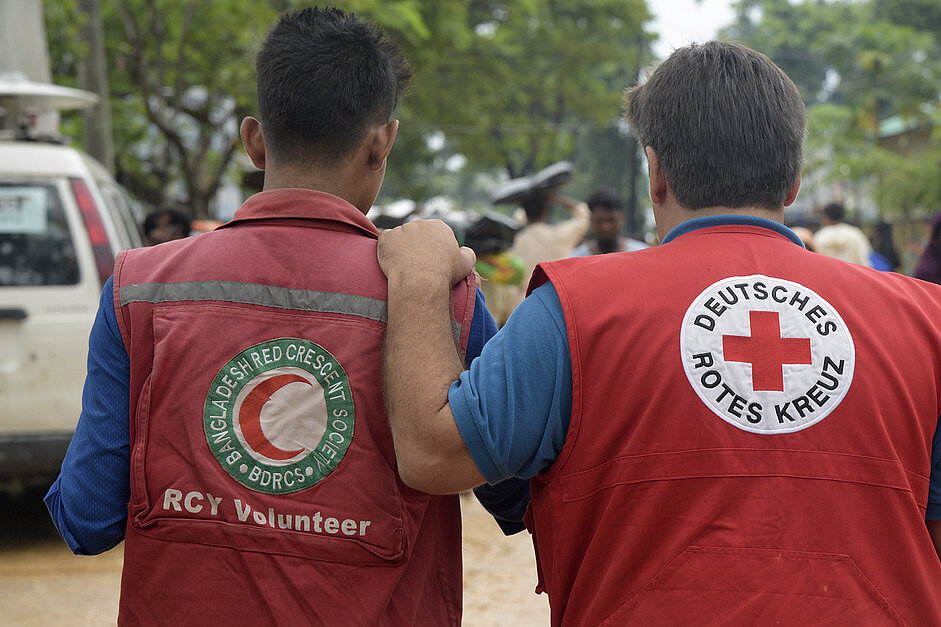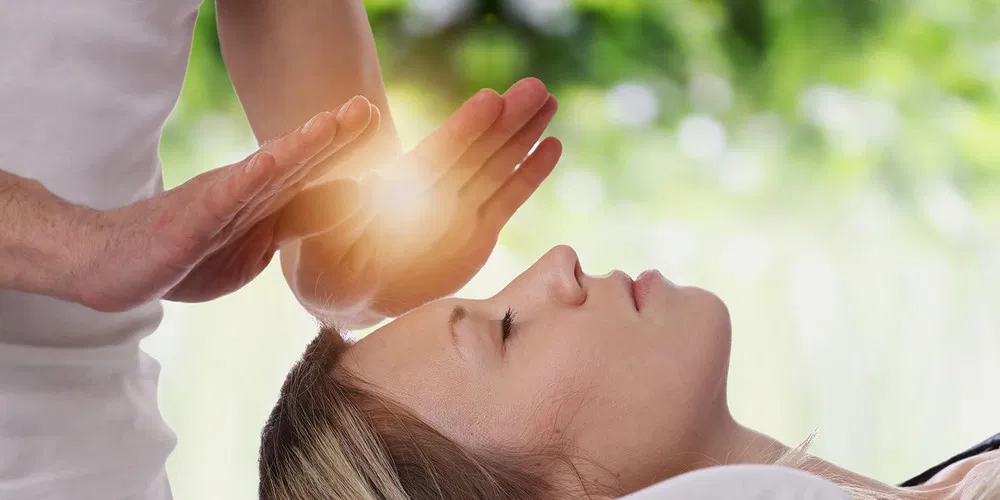
When we explore the Mikao Usui Reiki origins, we aren’t merely looking into the history of a healing method—we’re entering the life of a seeker, a scholar, and a deeply spiritual man. Born into a samurai family in 1865 Japan, Mikao Usui would go on to transform his personal spiritual practice into a global healing tradition. Through decades of spiritual study, travel, and self-discipline, Usui developed what would become known as Reiki, a system rooted in both hands-on healing and inner ethical principles.
This article traces Usui’s journey from noble roots to spiritual awakening on Mount Kurama, to the founding of the first Reiki school, and how this practice continues to influence energy healing worldwide. As we delve into the Mikao Usui Reiki origins, we’ll uncover the wisdom, challenges, and insights that shaped a healing legacy for generations.
1. Noble Heritage and a Lifetime of Learning
Mikao Usui was born on August 15, 1865, in the village of Taniai in Gifu Prefecture, Japan. His family belonged to the Chiba clan, which traced its lineage back to samurai retainers during the feudal period. Raised with discipline, structure, and a reverence for knowledge, Usui was educated in Buddhist literature, calligraphy, martial arts, and Confucian classics from a young age.
His early education fostered a blend of physical discipline and intellectual curiosity. Unlike many of his contemporaries, Usui was not content with mastering just one school of thought. He became a lifelong learner and spiritual seeker. He studied Taoism, Chinese medicine, Shinto practices, and Western philosophy, and reportedly spoke several languages. Usui’s wide-ranging curiosity laid the foundation for what would eventually become the spiritual and holistic framework of Reiki.
Though there were rumors he studied theology in Chicago, these claims have no documentation and were likely invented later to appeal to Western audiences. What remains undisputed is that Usui valued spiritual insight over credentials.
2. A Pilgrimage of the Soul: Mount Kurama and Spiritual Awakening
In his late 50s, after years of study and practice, Usui felt a growing spiritual dissatisfaction. Seeking answers to life’s deeper questions and clarity about the connection between healing and divine energy, he retreated to Mount Kurama, a sacred mountain near Kyoto known for centuries as a place of deep meditation and ascetic practice.
There, Usui undertook a 21-day retreat involving fasting, chanting, prayer, and meditation. According to oral tradition, on the final day, a brilliant light entered through his crown chakra, knocking him unconscious. When he awoke, he was flooded with vitality, clarity, and the intuitive understanding of how to activate and pass on a universal healing force. He called this force Reiki—a term combining “Rei” (spiritual wisdom) and “Ki” (life force energy).
During his descent from the mountain, Usui injured his foot and instinctively placed his hands over it. To his amazement, the pain vanished. This was the first empirical demonstration of his newfound gift. From that moment, he knew this system was meant to be shared.
3. Healing During Crisis: The Great Kanto Earthquake and the Birth of a Practice
Shortly after his awakening, in 1922, Usui established the Usui Reiki Ryōhō Gakkai—a school in Tokyo dedicated to teaching his healing system. This was not just a clinic but a sanctuary for spiritual transformation. Usui believed that healing the body was important, but healing the spirit was the ultimate goal.
His teachings resonated strongly after the 1923 Great Kanto Earthquake, which devastated Tokyo and Yokohama, killing over 100,000 people. Usui and his students treated thousands of injured and grieving individuals during this national crisis. Reiki was not just spiritual—it became practical, visible, and essential.
To make Reiki accessible, Usui placed a straw mat at the clinic entrance, inviting everyone regardless of class, gender, or creed. By 1925, he had to relocate to larger premises in Nakano due to overwhelming demand.

4. The Five Precepts: A Philosophy for Life
Usui was not merely offering a technique; he was offering a way of being. He introduced the Five Reiki Precepts, simple yet profound principles intended to serve as daily reminders of ethical living and spiritual grounding:
-
Just for today, do not anger
-
Just for today, do not worry
-
Be grateful
-
Work diligently
-
Be kind to all living things
He believed that without spiritual clarity, physical healing would always be temporary. These precepts reflected a synthesis of Buddhist teachings and samurai codes of honor, adapted for a peaceful, healing lifestyle.
5. Spiritual Dimensions of the Mikao Usui Reiki Origins
One of the most intriguing aspects of Mikao Usui Reiki origins is the spiritual structure embedded within the system. Usui emphasized that Reiki was not religious—it could be practiced by people of any background—but that it was deeply spiritual.
His original teaching style included:
-
Reiju (Attunement): A non-verbal, energetic initiation process that aligned the student with Reiki energy.
-
Hand-healing techniques: Using intuition and energy sensitivity rather than strict protocols.
-
Meditative breathing exercises: Like Hatsurei-ho, to quiet the mind and raise spiritual awareness.
-
Use of symbols and mantras: For focusing intention and deepening the connection to healing energy.
These practices continue in traditional Japanese Reiki styles today and are gaining renewed interest among Western practitioners seeking more than surface-level healing.
6. Passing the Torch: Students and Global Expansion
By the time of his death in 1926, Usui had taught over 2,000 students, with about 20 receiving the Master level (Shinpiden) initiation. Among them, Chujiro Hayashi, a retired naval officer, was instrumental in preserving and refining the system.
Hayashi opened his own clinic in Tokyo and systematized hand positions and treatment sequences. One of his students, Hawayo Takata, a Japanese-American woman, would bring Reiki to Hawaii and later the U.S. mainland in the 1930s and ’40s. She was the first to present Reiki to the West, adapting certain elements to make the practice more accessible and acceptable in Western healthcare contexts.
Today, Reiki is practiced in over 100 countries, in hospitals, spas, and private homes—often still following Usui’s simple yet profound teachings.
7. Exploring the Cultural Context of Reiki’s Creation
To fully appreciate the Mikao Usui Reiki origins, it helps to understand the cultural and spiritual climate of Meiji- and Taisho-era Japan. The country was undergoing rapid modernization and Westernization, which created a sense of spiritual disconnection for many.
Usui’s system offered a bridge between traditional Japanese spirituality and modern needs. It was practical yet transcendent, structured yet intuitive. It carried echoes of Buddhist compassion, Shinto reverence for nature, and Confucian ethics.
Usui’s genius wasn’t just in discovering Reiki energy—it was in designing a system that was simple, effective, and transferable, while grounded in Japan’s deepest philosophical currents.
8. Why Understanding Mikao Usui Reiki Origins Matters
In a world filled with fast fixes and superficial self-care, looking into the Mikao Usui Reiki origins provides a path toward deeper connection. Reiki is not just a healing tool; it’s a philosophy for living. Usui’s life reminds us that personal transformation is possible when we surrender to the silence within, listen to our intuition, and serve others with compassion.
Understanding Reiki’s roots can help modern practitioners avoid diluting its meaning and reconnect with its core intention: healing through presence, energy, and ethical living.
9. Reiki in the 21st Century: Ancient Wisdom Meets Modern Wellness
Reiki has moved from the fringes of spirituality into mainstream wellness. It’s now offered in hospitals like Cleveland Clinic and Johns Hopkins, where it’s used for stress reduction, pain management, and emotional support. Research continues into its potential effects on the nervous system and heart rate variability.
Many are rediscovering Usui’s original system (called Usui Reiki Ryōhō) as they seek deeper alignment and spiritual growth—not just symptom relief. Reiki has also inspired newer systems such as Karuna Reiki and Holy Fire Reiki, but the foundational teachings remain rooted in Usui’s legacy.
For further learning, respected resources include:
These organizations emphasize scientific openness, ethical practices, and deep respect for Reiki’s Japanese heritage.
10. Common Misconceptions about Mikao Usui
-
Myth: Usui was Christian and studied in the U.S.
Fact: There’s no credible evidence of this; his teachings were rooted in Japanese spirituality. -
Myth: Reiki is a religion.
Fact: Reiki has spiritual dimensions but is not religious. Usui intended it to be universal. -
Myth: Reiki is placebo.
Fact: While difficult to measure with standard tools, many people experience profound physical and emotional benefits from consistent Reiki practice.
FAQ
Q1: Who was Mikao Usui?
A: A Japanese spiritual teacher and scholar who founded the Reiki healing system after a deep spiritual experience in 1922.
Q2: What does Reiki mean?
A: It combines “Rei” (universal/spiritual wisdom) and “Ki” (life energy), meaning spiritually guided life energy.
Q3: How is Reiki different from other healing systems?
A: It combines spiritual principles, ethical living, meditative practices, and energy healing into a cohesive system.
Q4: Can anyone learn Reiki?
A: Yes. Usui designed Reiki to be learnable by anyone, regardless of spiritual or religious background.
Q5: Are there different types of Reiki today?
A: Yes. While Usui’s original system is still practiced, newer forms like Holy Fire and Karuna Reiki have emerged.
Q6: How do I find authentic Reiki training?
A: Look for instructors with lineage tracing back to Usui or who adhere to traditional Japanese Reiki styles. Trusted institutions include the International Center for Reiki Training and university-affiliated wellness centers.






